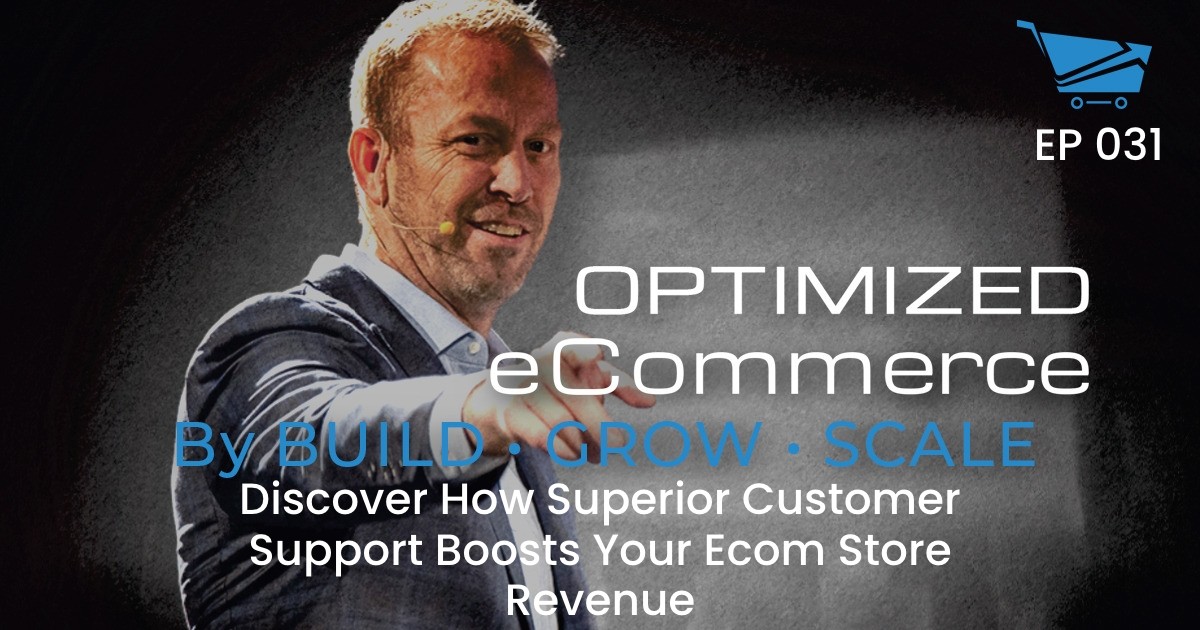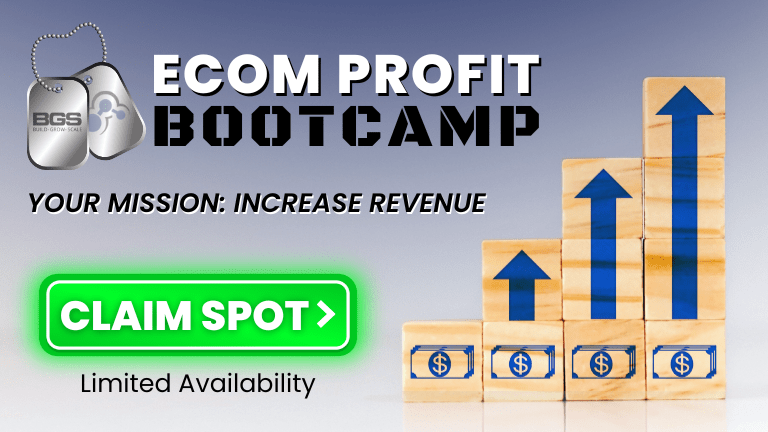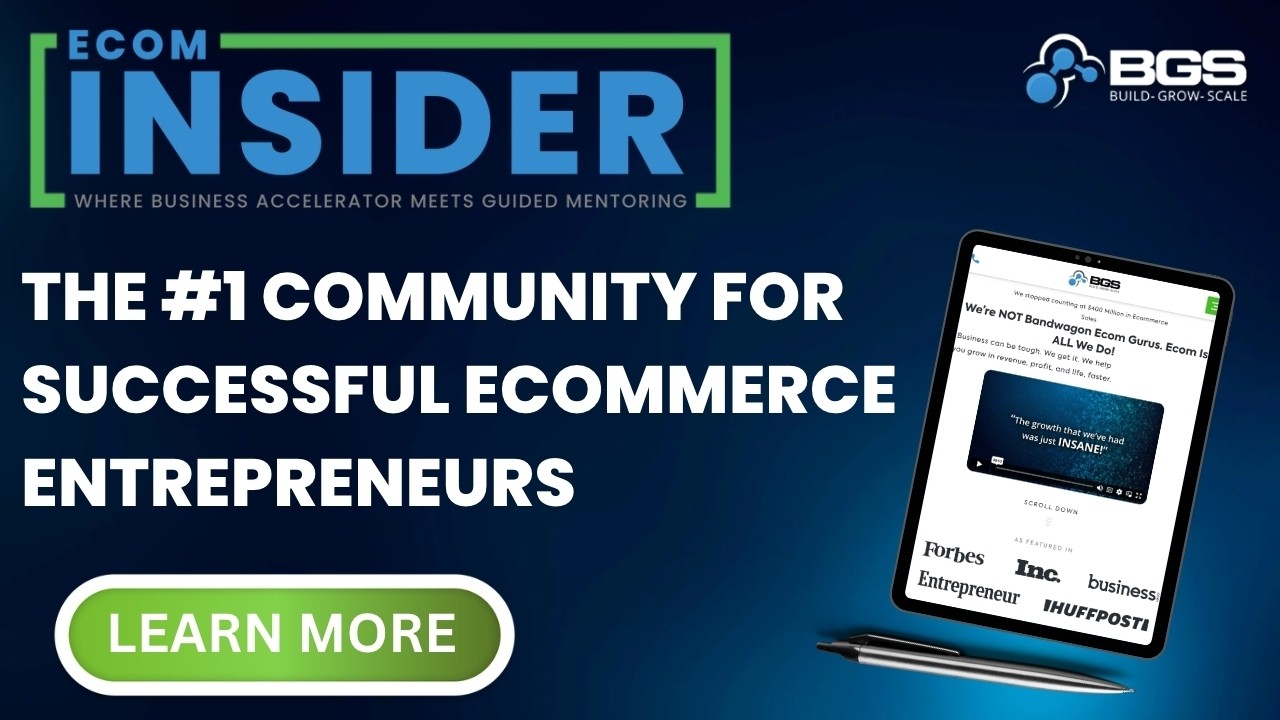Optimized Ecommerce EP 031 – Discover How Superior Customer Support Boosts Your Ecom Store Revenue

Welcome to Episode 031 of Optimized Ecommerce – Discover How Superior Customer Support Boosts Your Ecom Store Revenue. I’m your host, Tanner Larsson, CEO of BGS.
BGS means Build Grow Scale! It is a community we founded where eCommerce entrepreneurs and physical product sellers come to learn how to take their businesses to the next level.
Today’s guest is Daniel Escobar, one of the BGS Revenue Optimization Experts. He helps Ecommerce stores leverage customer service support performance to increase revenue.
Here’s just a taste of what we talked about today:
We talked about Daniel’s background and how he found BGS.
Daniel is originally from Columbia. He went to college in Bogota and transferred to Tulane in New Orleans studying finance and business management. It was his senior year and was looking for internships. He was still unsure about what he wanted when he found the BGS Ad.
He does not know anything about revenue optimization or Shopify but decided to apply. The interview went well and he got accepted into the program.
Daniel learned a lot from the internship program which turned out well for him over the past two years.
Then we talked about what a revenue optimization expert is and the specific task they do on a day to day basis.
With the BGS Implement Employee Partnership Program, Daniel initially managed two brand stores where the main goal was to increase its revenue. The task required intensive research on the stores and customers to conduct testing and hypothesis.
The program is a full-time workload with a support team of GA experts, bug checkers, front-end developers, and back-end developers. All these people work together in order to increase the store’s revenue.
And then, we discussed how valuable it is to use customer service and support tickets to increase Ecom store revenue.
Customer service is valuable because, as a brand, you are able to solve the customer’s issues as they reach out to you. But there’s more to that, brands should learn and understand customer’s pain points to provide clarity and improve their service.
Ecom Stores can build upon customer’s issues or feedback and not only be reactive but be proactive with the given information in order to generate more revenue.
We also discussed a few other fun topics, including:
- How some stores take pride in their awesome customer service but have the same issues come up over again.
- Several tips on how to leverage Ecom store’s customer service to increase revenue.
- Why should store owners need to consistently communicate with their customer service team?
- How to organize and make customer service data useful?
But you’ll have to watch or listen to the episode to hear about those exciting topics!
How To Stay Connected With Daniel Escobar
Want to stay connected with Daniel? Please check out his social profiles below.
- LinkedIn: Linkedin.com/in/daniel-escobar-londono/?locale=es_ES
- Facebook Profile: Facebook.com/DanielEscobar97
Resources
Also, Daniel mentioned this item on the show. You can find that on:
- Revised and Revamp Internship Program – A Build Grow Scale internship program designed to hone student’s optimization skills.




